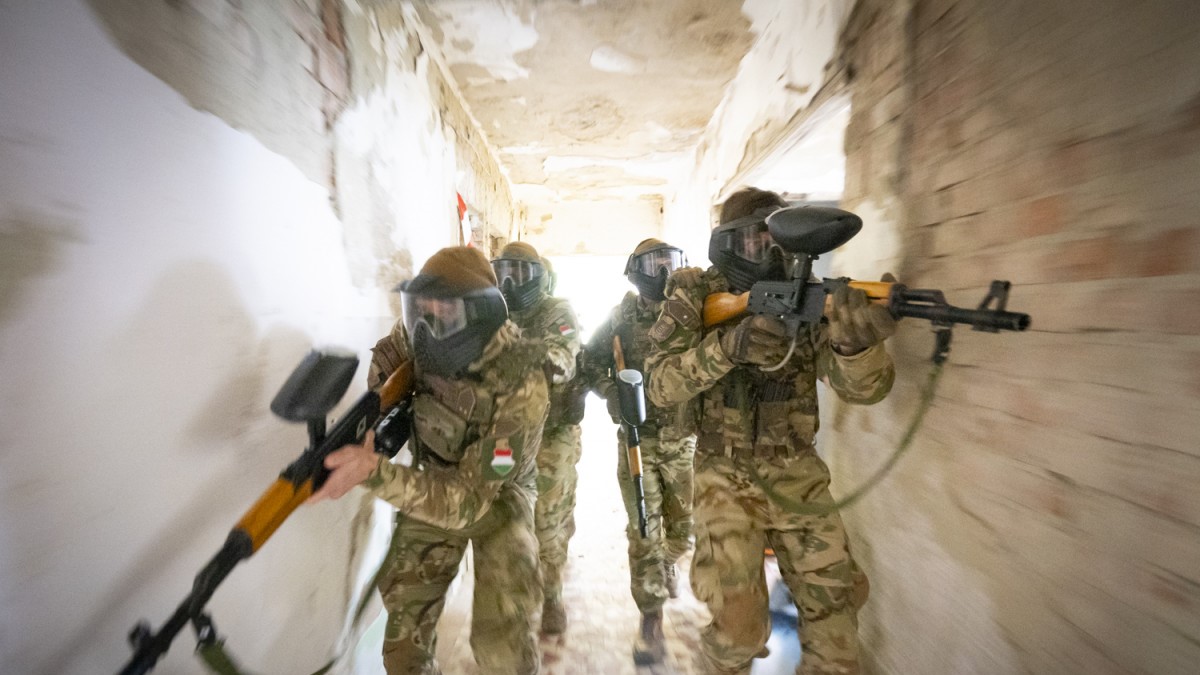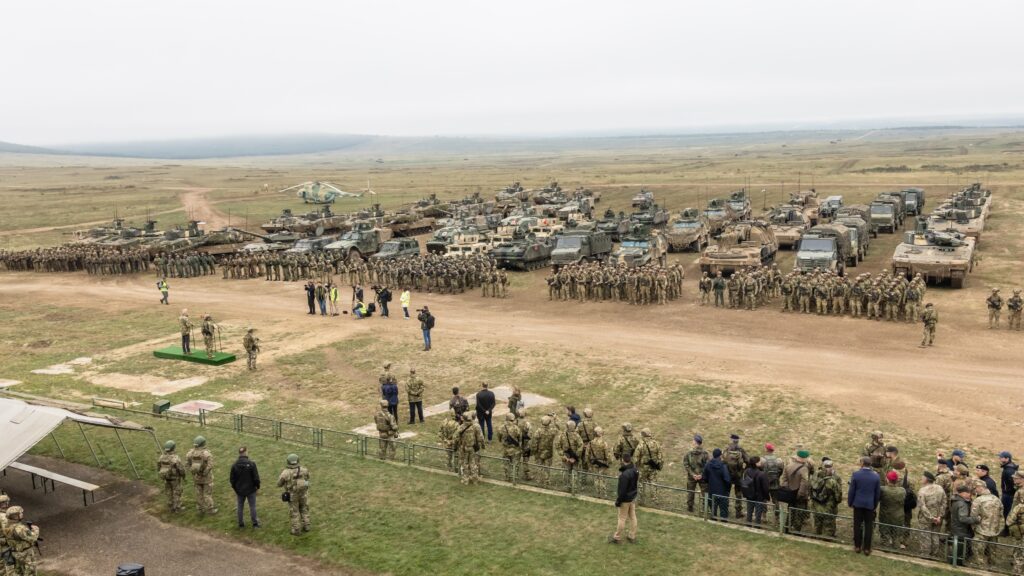Hungary’s largest military exercise since the fall of communism, Adaptive Hussars 2025, has been successfully completed, Defence Minister Kristóf Szalay-Bobrovniczky announced on Friday at the closing ceremony in Budapest.
The minister described the event as a historic step, noting that in the past 30 years, neither the means, capabilities, nor the intent had existed to conduct such a complex operation. The exercise involved every branch and unit of the Hungarian Defence Forces as well as nearly all relevant government agencies.
Held within NATO frameworks, Adaptive Hussars 2025 demonstrated Hungary’s commitment to strengthening defence cooperation with its allies. ‘Our national security depends not only on a strong and well-prepared army but also on the visible presence of NATO’s defensive power. It is vital to practice coordination even in peacetime,’ Szalay-Bobrovniczky said.
He explained that the main goals of the exercise were to assess the progress of the defence development programme launched in 2015–2016 and to test the country’s defence industry capacities and cooperation mechanisms. Yet, he emphasized, ‘the most important element of the exercise was the Hungarian soldier, the person who plans, leads, executes, recognizes mistakes, and ultimately succeeds.’
The minister pointed out that strengthening Hungary economically, socially, and internationally over the past 15 years has gone hand in hand with building military strength, ‘a segment that provides power in the service of peace.’ He added that the Hungarian Defence Forces are undergoing a near-revolutionary transformation, but modernization requires more than acquiring new equipment: ‘We must also build the force to use it.’
The scale of Adaptive Hussars 2025 was unprecedented. Over six weeks, military transports covered 48,000 kilometres, helicopters logged 563 flight hours and 112,000 kilometres, and between 7,000 and 15,000 personnel were supported daily, with approximately 900,000 meals prepared throughout the exercise.
Following the conclusion of the drill, the next phase will focus on evaluating lessons learned. According to Szalay-Bobrovniczky, this process is just as critical as the exercise itself. It has already revealed the need for further expansion of military assets, infrastructure, and knowledge, along with deeper cooperation between the armed forces, the ministry, and civil administration.
Chief of Defence Staff Gábor Böröndi said the exercise proved that Hungary’s army is reliable and that a decade of defence development has paid off. ‘It showed that the military and civilian sectors can think and act together,’ he said.
He added that the Hungarian soldiers, working alongside NATO allies, demonstrated the ability to react swiftly, accurately, and efficiently, operating the most advanced systems in an integrated framework. ‘This exercise was not only a test of capability but a declaration that Hungarian troops do not merely respond to global changes, they help shape them. The results achieved form the foundation for the army of the future,’ Böröndi concluded.
Related articles:







